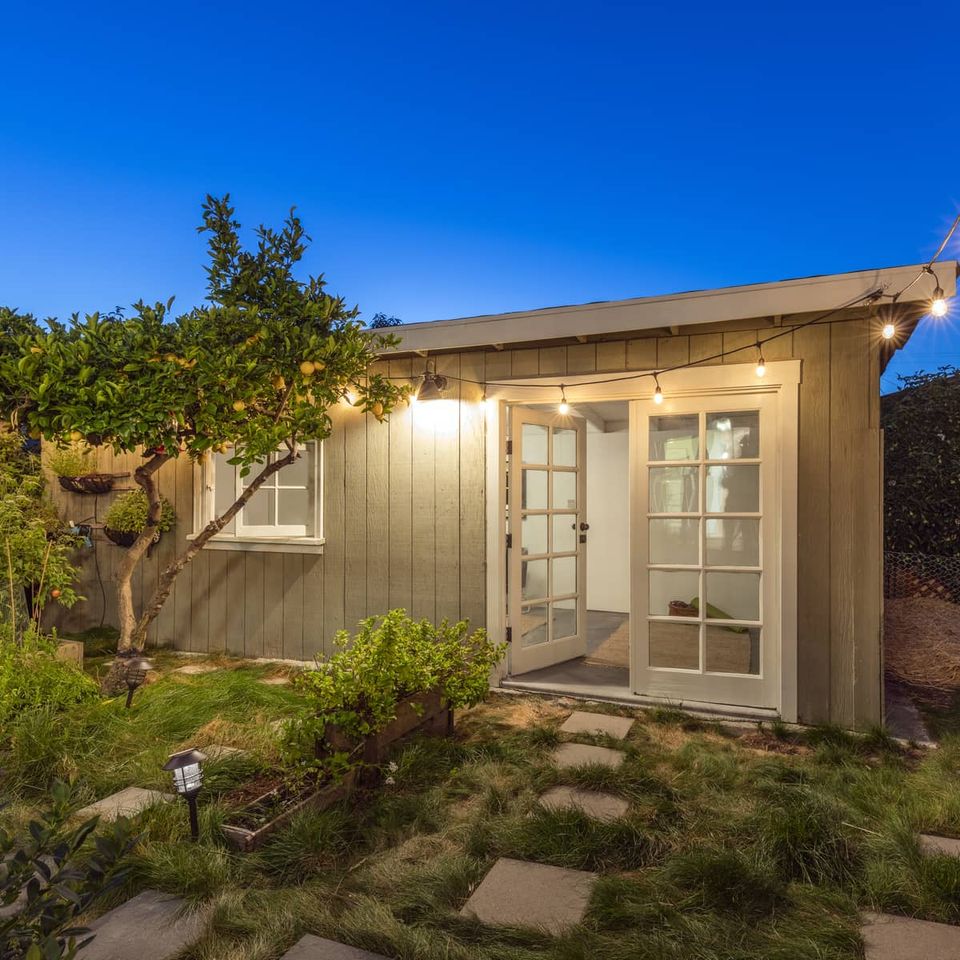What is an ADU and How Could it Add Value to Your Long Beach Rental Property
Dustin Edwards • August 28, 2020
Find Out More about ADUs

ADU stands for Accessory Dwelling Unit. You might have heard this referred to by other names such as a Mother-in-Law Unit, Granny Flat, Casita, or even a Garage Conversion. The concept is adding (or modifying) a property that is a single family residence to allow for an additional unit on the property. This helps make a traditional single family home, more like a duplex.
Why Have ADUs Become Popular?
The concept of a granny flat has been around for quite a while. In the last few years, with rental prices soaring, the concept of an ADU has become more mainstream with the support of the California legislature. To help individuals with more affordable housing options the state mandated that cities update their local building codes to allow homeowners to add ADUs with greater ease.
Two of the cities, Long Beach and Lakewood, where we help our rental owners the most have made great efforts to ensure they provide guidance on ADUs.
The guidelines give you a good idea of what to consider from size requirements and timing as you consider your option of adding an ADU.
Variations of an ADU in Long Beach
When many people hear ADU, they think of a garage conversion and images of a person sitting next to a hot plate come to mind, but that certainly isn’t the case anymore. A garage conversion may be the most popular form of ADU but is far from your only option. Consider the following variations of ADUs:
- Garage Conversion - The garage conversion is the most common as a large portion of the structure is present which can optimize investment in the building process.
- Separate Structure - A separate structure gives you maximum opportunity for configuration since you will be building it from the ground up.
- Above the Garage - Building above the garage can be limited by municipality. For example, currently Lakewood does not allow for an ADU to be built above the garage.
- Basement or Attic - While not as common, especially in Southern California, the building code does allow for a basement or attic ADU to be built.
Keep in mind that for all but the basement or attic conversion that the design of the ADU is to be inline with the design of your primary residence and that cities can limit the which ADUs they allow (i.e. Lakewood does not allow above the garage). The city can ask for the same type of roofing shingle, coloring, elevations, etc. to be applied to the ADU. While this may not be what you intended this certainly can help to positively contribute to the long term value of your property.
Fundamentals of an ADU
In the era of AirBnB and VRBO where people have rented out rooms, it is important to understand that an ADU will have essential elements. These important aspects of the addition not only allow you to meet city code but also contribute to the value it adds to your property and the rentability. An ADU will have its own:
- Kitchen
- Bathroom
- Entrance
- Laundry
Notice that separate metering (i.e. electric, gas, and water) are not listed. While separate metering isn’t generally a requirement, likely due largely to the aspect it was considered to be added for family, it doesn’t mean you can’t add metering should you decide to add an ADU to your property. As it can be expensive to add all utility metering some homeowners choose only to add electric metering as it tends to be the most expensive.
A Few Caveats to Consider
- While each city has different requirements that you must adhere to, we invite you to consider the following:
- ADUs can be up to 800 sq ft or 50% of the primary residence (whichever is greater) in Long Beach
- An ADU may not be sold separate from the primary residence (i.e. like a duplex)
- Parking is not required if you are within a ½ mile distance of mass transportation
- These are designed for long term rentals, not AirBnB or VRBO
When it comes to adding an ADU there are many items to consider. To help you understand how an ADU can contribute to your monthly rental income and the long term value of your property we invite you to call us today at (562) 888-0247. Or if you prefer a complete evaluation of your property we invite you to fill out our Free Rental Analysis.





